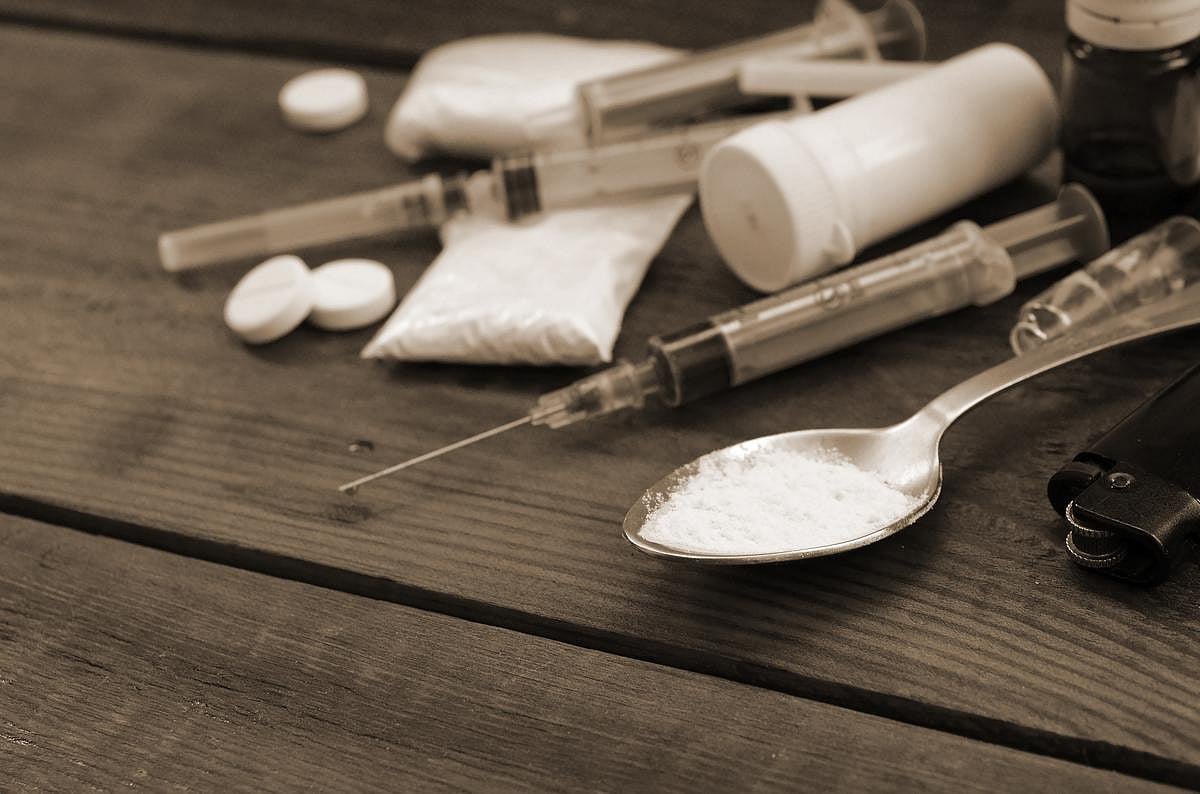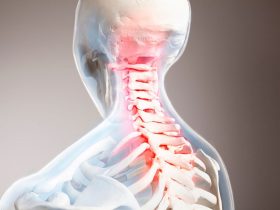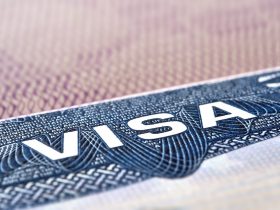Across 21 countries, proportion of 12-month person-disorders receiving effective treatment was 6.9 percent
By Lori Solomon HealthDay Reporter
FRIDAY, Feb. 14, 2025 (HealthDay News) — A small number of individuals with mental and substance use disorders receive guideline-consistent treatment worldwide, according to a study published online Feb. 5 in JAMA Psychiatry.
Daniel V. Vigo, M.D., Dr.P.H., from the University of British Columbia in Vancouver, Canada, and colleagues examined the proportion of mental and substance use disorders receiving guideline-consistent treatment in multiple countries. The analysis included 56,927 respondents from World Mental Health surveys (2001 to 2019).
The researchers found that the proportion of 12-month person-disorders receiving effective treatment was 6.9 percent. Major barriers included low perceived need (46.5 percent), low treatment contact given perceived need (34.1 percent), and low effective treatment given minimally adequate treatment (47.0 percent), with substantial variation across disorders. Country-level general medical treatment resources were more important than mental health treatment resources in predicting guideline-consistent treatment. Significant predictors were largely mediated by treatment contact.
“These results highlight the importance of increasing perceived need, the largest barrier to effective treatment; training primary care clinicians in recognition and treatment of mental disorders; and improving the quality of care, especially from minimally adequate to effective treatment,” the authors write.
Several authors disclosed ties to relevant organizations.
Abstract/Full Text (subscription or payment may be required)
Copyright © 2025 HealthDay. All rights reserved.







